- Home
- slideshows
- miscellaneous
- How Lyft's cofounders, Logan Green and John Zimmer, went from organizing carpools on college campuses to running a ride-hailing company worth $29 billion
How Lyft's cofounders, Logan Green and John Zimmer, went from organizing carpools on college campuses to running a ride-hailing company worth $29 billion
Before starting Lyft, both cofounders started car-sharing programs on their college campuses.

Now-CEO Logan Green started a car-sharing program on campus at the University of California Santa Barbara, after he became frustrated by California's public transportation and traffic.
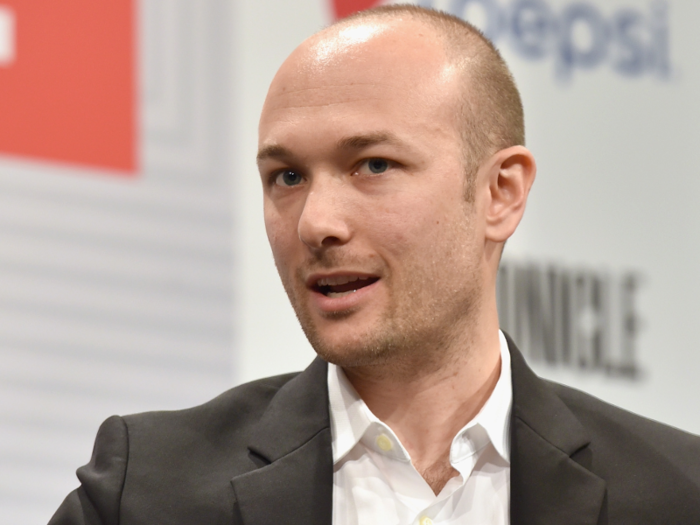
"He built the first car-sharing program at UC Santa Barbara, before Zipcar was there," Zimmer told Pando. "He built it from scratch. He got the attention of the local transit board and they elected him to the transit board. He was the youngest member and he was the only person who rode the bus on the transit board."
Zimmer, who was studying at Cornell University, started car sharing on his drives home over school breaks.

"I was driving from Upstate New York to New York City and all around me were these empty seats," he told Forbes.
Zimmer was also inspired by one of his college classes called "Green Cities," when his professor ended his first lecture by saying: "Our population density in our cities is rising rapidly. For the first time in history, today more people live in cities than not. The infrastructures that exist in our cities were built decades before these two patterns were true, and if we don’t do something about it, we’re going to have major economic, environmental, and social challenges going forward."
After graduation, while Zimmer was working at Lehman Brothers in New York City, he and Green were introduced by a mutual friend on Facebook and bonded over their shared passion for improving transportation with technology. Together, they started Zimride, the precursor to Lyft.
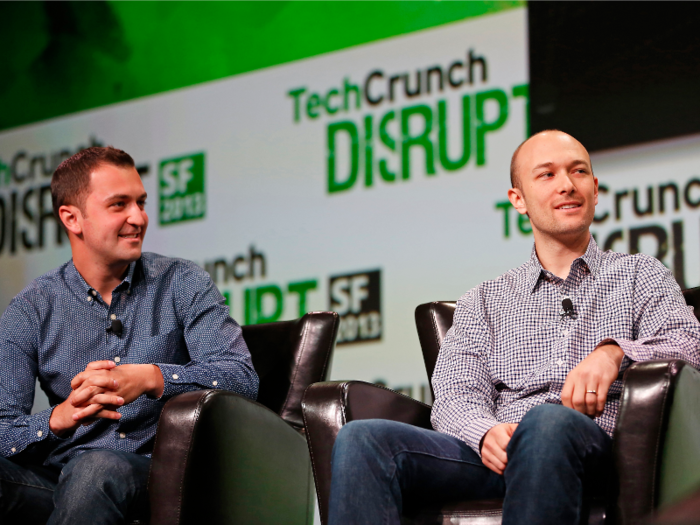
Within a week of their Facebook introduction, Green flew to New York City to meet with Zimmer.
While Zimmer worked on Wall Street as a real estate finance analyst during the day, the two developed Zimride.
Zimmer quit his job at Lehman Brothers in 2008 to move to San Francisco and focus on building Zimride with Green.

"I completed a two-year program [at Lehman Brothers] and I decided that I was going to leave," Zimmer told TechCrunch. "I packed my bags, I used Zimride, and I drove across the country."
Zimride connected drivers with riders through a free Facebook application.

In its first year, the startup got $250,000 in seed money from Facebook and expanded to a company with six employees, with more than 30 college campuses, Wal-Mart Stores Inc., and Cigna Corp. as clients.
Green and Zimmer started their car-sharing business on college campuses for a simple reason.
"The college space, we felt, is perfect for the kind of critical density we need with a level of trust," Zimmer told The New York Times in 2009.
In the early days of the company, Green and Zimmer took no salary and were living in a Silicon Valley space they called an "apartfice" because it served as both apartment and office. Zimmer slept on the couch, and the pair survived off Trader Joe's microwaveable meals.
On an episode of Business Insider's podcast, "Success! How I Did It" in 2017, Zimmer told Business Insider's US editor-in-chief Alyson Shontell that Zimride it was more of a "side project."
"... it felt like a school project where there was a lot of interest, passion, and we had a big vision, but we didn't know what it was going to be, and so we just wanted to see it work," he said, adding, "We were mostly focused on college campuses and making the majority carpool to get home for spring break."
By 2012, Zimride had thousands of users, with 150 universities and companies participating in their carpooling network. Green and Zimmer were working with a team of about 20 people. But they started to feel limited with Zimride's role of providing long-haul rides.
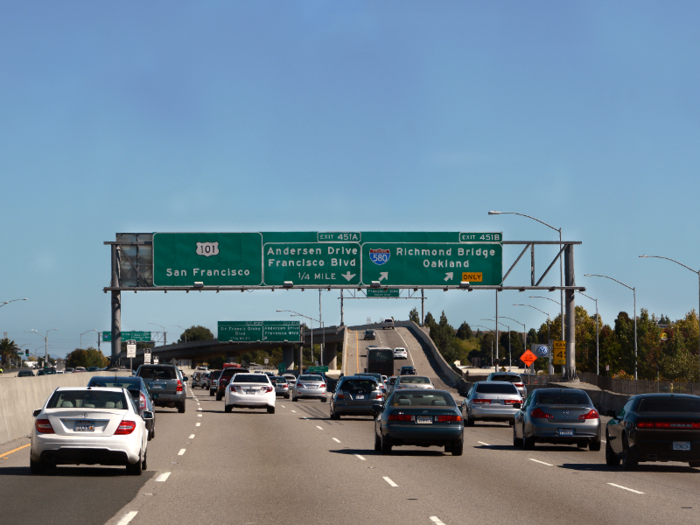
That year, Green and Zimmer reevaluated their long-term mission.
"The bigger vision, which we've always had, was providing a full alternative to car ownership," Zimmer told Business Insider. "Our actual mission is to improve people's lives with the world's best transportation and, in doing so, to change our cities so that they are designed around people instead of cars. And we were just scratching the surface."
One of Zimride's major problems was that people didn't use it often enough.

Zimmer said the pair said to themselves, "Well, what if we could increase the frequency of use? Use a smartphone?" Within three weeks, two engineers had built the Lyft app.
"At the time, Uber existed, but they were just doing this for black cars and limos, and to us that was uninteresting," Zimmer told Business Insider.
In 2012, Green and Zimmer re-incorporated as Lyft, Inc. and the next year sold Zimride to rental car company Enterprise to focus on Lyft's fast-growing on-demand, ride-sharing business.
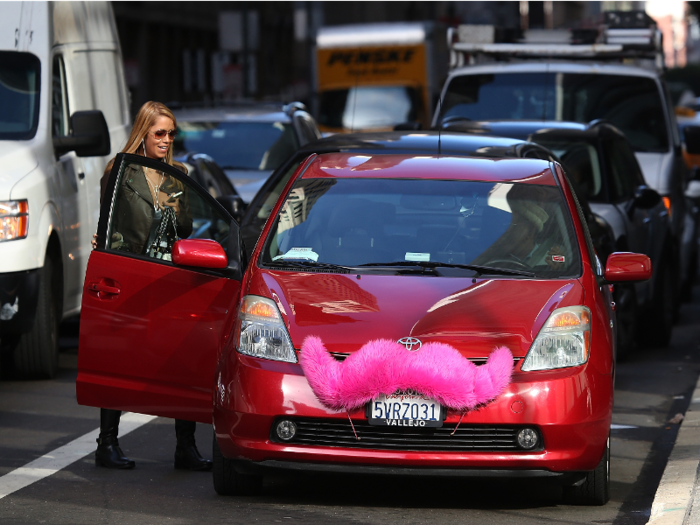
In the first half of 2013, Lyft raised $75 million in funding.
Today, Lyft is one of the biggest players in the ride-hailing industry. The company is still much smaller than Uber, but it's been slowly gaining ground on its global competitor.
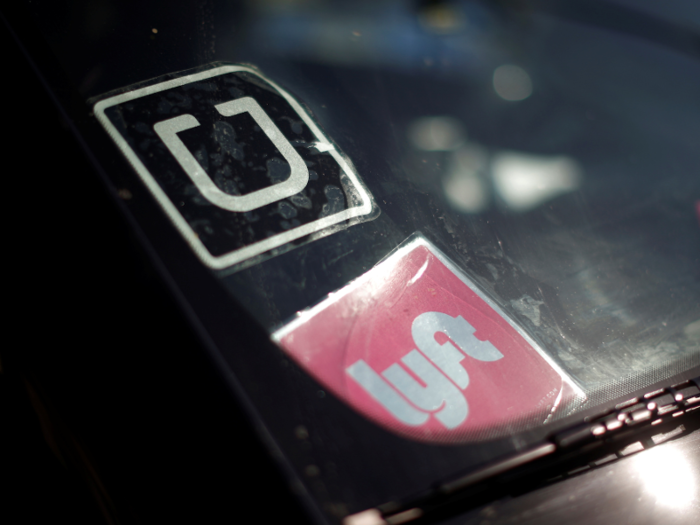
In the fourth quarter of 2018, Lyft generated $670 million in revenue, Business Insider's Graham Rapier and Yutong Yuan previously reported.
Uber brought in $3 billion over the same period. But while Uber's explosive growth from 2016 and 2017 seems to be slowing down, Lyft seems to be picking up steam, Rapier and Yuan reported.
On March 29, 2019, Lyft went public with an expected valuation of about $29 billion. Shares opened at $87.24 apiece, a 21% jump from the $72 the company priced its initial public offering the evening prior.
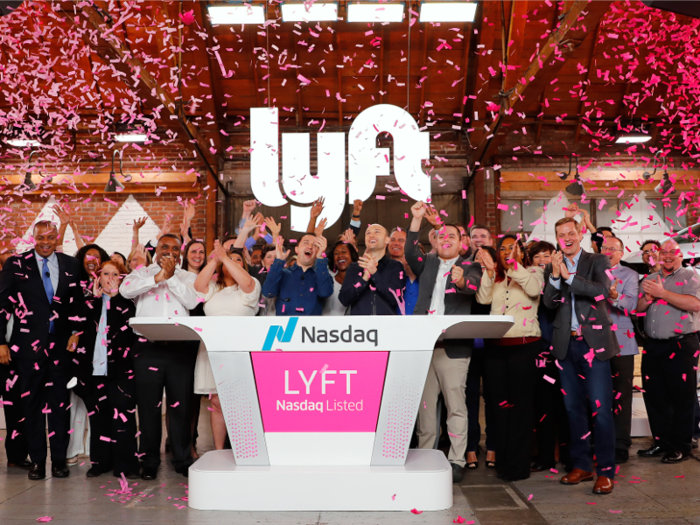
Lyft is the first ride-hailing company to launch on a US public market, beating its biggest competitor, Uber.
"In our opinion while Lyft has clearly benefited from some of the negative PR issues that Uber faced in 2017/early 2018, going forward the battle for market share will be a bit more balanced," Wedbush analyst Dan Ives said in a note to clients earlier in the week.
But that doesn't mean Zimmer and Green are instantly going to become billionaires. Forbes estimates the cofounders' stakes to total less than 5% of the company.
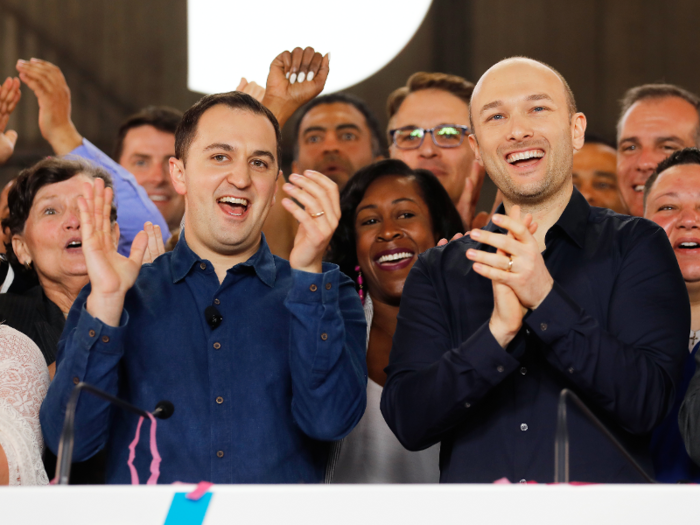
Green, the CEO, owns an estimated $700 million stake in the company and president Zimmer a slightly smaller $510 million stake.
Still, Lyft's IPO will likely create some new millionaires. San Francisco is expecting to see an explosion in millionaire residents by the end of 2019 as many other tech start-ups are expected to go public.
Companies like Uber, Slack, Postmates, Pinterest, and Airbnb are expected to follow in Lyft's footsteps.
Popular Right Now
Popular Keywords
Advertisement